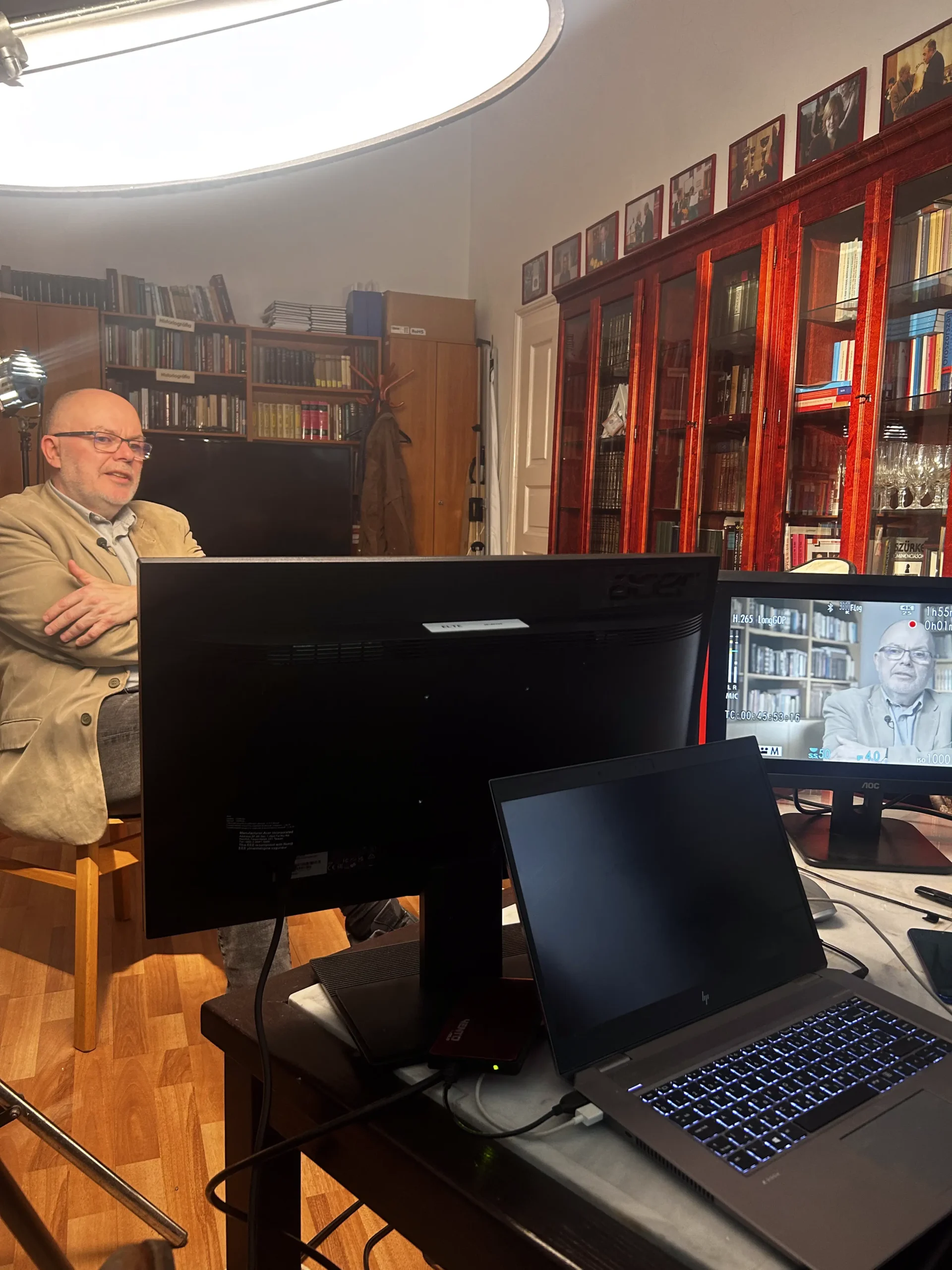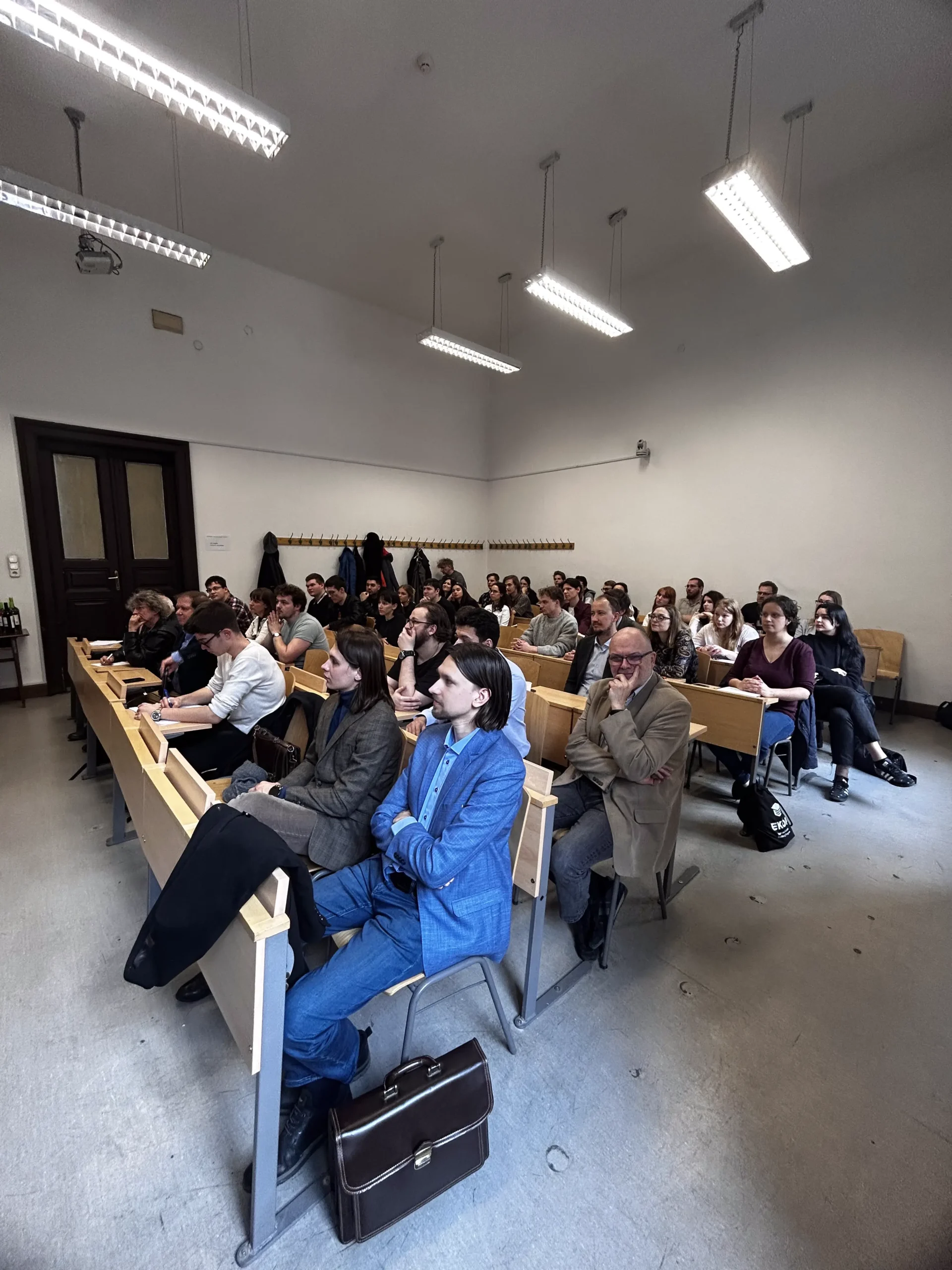The royal crypt of the Árpáds – Székesfehérvár
Fact of the Hungarian figure „St. Stephen and others – First christian saints in Hungarian Kingdom”
Part of the „The patrons and guardians of the land” topic
Székesfehérvár, a city of immense historical significance in Hungary, was the chosen burial site for many members of the Árpád dynasty, particularly in the Basilica of the Assumption of the Blessed Virgin Mary. This basilica, founded by St. Stephen, the first king of Hungary, served not only as a religious center but also as a crucial site for royal ceremonies, including coronations and burials.
In the early years of the Hungarian kingdom, the burial places of kings varied. For instance, King Stephen I and Coloman were buried in Székesfehérvár, while others like Samuel Aba were laid to rest in Sár, Peter in Pécs, and Andrew I in Tihany. However, beginning with King Béla II in the 12th century, it became customary for Hungarian kings to be interred in the royal crypt beneath the basilica in Székesfehérvár. This tradition solidified the city’s role as a key ecclesiastical and royal center. Notably, exceptions occurred during the 13th century, when kings like Andrew II and Béla IV were buried elsewhere, such as in Egres and Esztergom, respectively.
The practice of burying kings in Székesfehérvár resumed in the late Middle Ages, with notable figures such as Charles I, Louis I, Albert, and Matthias Corvinus (though his funeral took place in Vienna) being laid to rest in the basilica’s crypt. Unfortunately, this sacred site faced desecration during the Ottoman occupation. In 1544-1545, the royal tombs were plundered, and in 1568, by the order of Sultan Selim II, the remains of 15 kings and other royals were disgracefully removed from their graves. The basilica itself was destroyed in 1601 and remains in ruins today.
Despite this tragic history, the royal crypt and the ruins of the basilica in Székesfehérvár remain powerful symbols of Hungary’s Christian heritage and the deep connection between the Árpád dynasty and the Church. The site stands as a testament to the spiritual and historical legacy of Hungary’s early saints and kings, reflecting the sacred foundation upon which the Hungarian kingdom was built.





